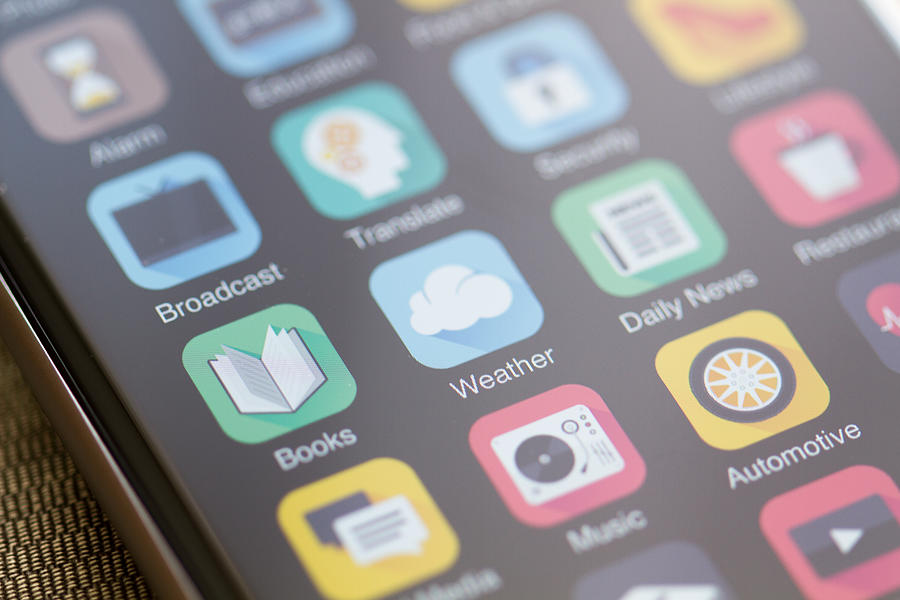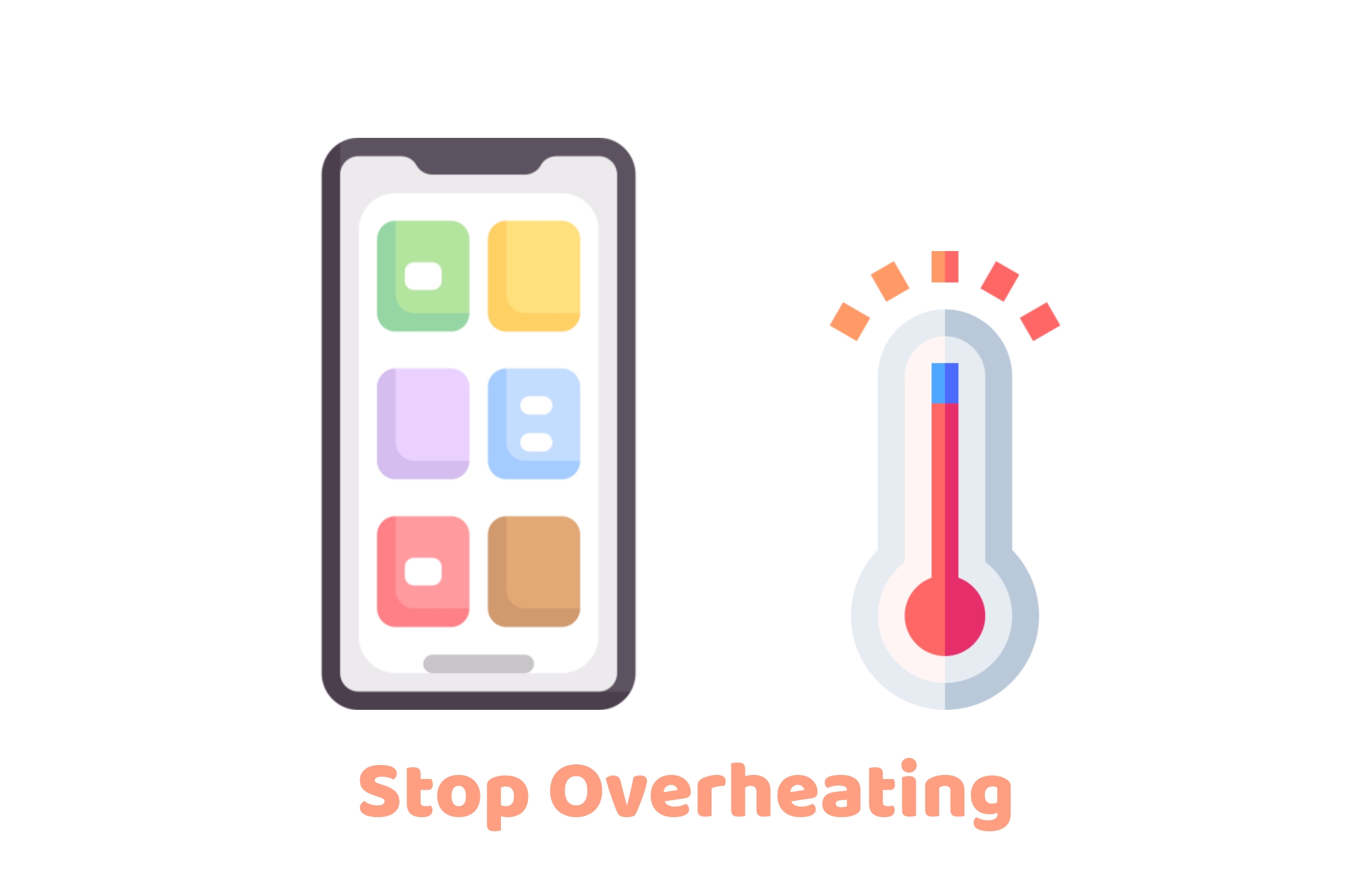How to Stop Android Apps Running in the Background

Your battery draining faster than expected is one of the biggest headaches with any Android phone. Keeping track of the charger and plugging it in as soon as it is fully charged overnight is always a depressing feeling. If you’re ready to frustrate your battery woes, a simple cause may be to blame. Here’s what you need to know to conquer background apps.
These apps can drain your battery and valuable resources, but there may be several different causes for your problem. Some applications may not be optimized properly, some may be malware, or some may be problematic. All you need now is a little knowledge, and we’ll soon have you living a life full of burdens.
Update your device!
Android updates often include battery improvements, bug fixes, and performance improvements. All of this results in a more efficient device, which in turn can improve the way your handset handles background apps. This is why you should always update your device to the latest available Android version.
How to check for Android updates:
- Open the Settings app.
- Enter System.
- Tap System update.
- This page will notify you when an update is available. You can also Check for updates.
- If an update is available, follow the on-screen instructions to install the update.
Similarly, app updates can also bring improvements, so always make sure you’re running the latest versions of all your apps.
How to check for app updates:
- Go to Google Play Store.
- Tap your profile picture in the top right corner.
- Select Manage apps & devices .
- Go to Available updates.
- Press Update all (if available).
Take advantage of Adaptive Batteries, if you can
Many phones still run Android 10 , although Android 11 has been out for a while, and the newest devices now use Android 12 . Fortunately, that’s good news for everyone. Android 10 introduces an amazing power management feature that limits background apps and extends your phone’s battery life.
One of them is called Adaptive Battery, which uses machine learning to figure out which apps you’ll be using in the next few hours, and which ones you won’t be using until later, if at all, that day. Based on your usage pattern, it places each app into one of five App Standby Buckets: “On”, “Settings working”, “Frequently”, “Rare”, and “Never”. Each of these buckets has a limit to how many resources the app can use in it.
Simply put, apps placed in the “Never” bucket are almost never used, which is why the system will restrict their access to resources like CPU. This means it will use less battery. On the other hand, bucket apps like “On” are the apps you use the most and will get full access to system resources, so you can expect to get all notifications on time.
The process is automated and dynamic, which means the system learns your usage patterns over time and moves the app from container to container.
How to enable Adaptive Battery:
- Open the Settings app.
- Select Battery.
- Go to Adaptive preferences.
- Enable Adaptive Battery.
Check what’s draining your phone
Battery
Since battery life is very important, battery is well monitored by your Android OS. To view background apps that are consuming power, go to Settings > Battery > Battery Usage . You’ll get a list of what’s draining your battery, and by how much. Depending on your device and software, apps will be divided into system or non-system apps or by hardware and software to make things more accessible.
The more often you use certain apps, the higher the list they will occupy. Look for apps you don’t recognize, or apps you don’t use often but are still using a lot of battery. Any app that uses more than a few percent is worth a look — saving five percent here or four percent there will add up. Anything that is a Google app or service is probably nothing to worry about and is just a natural part of Android and Google Services.
RAM
Using Developer options, you can also check which apps are dominating your phone’s limited memory, also known as RAM. Maybe an app doesn’t use much battery, but when you’re only working with 2GB RAM and the apps you’re not using take up a few hundred MB, you’re running out of available memory.
How to check RAM usage:
- Open the Settings app.
- Enter System.
- Tap About phone .
- Scroll down to the Build number and tap it seven times to enable Developer options.
- You will be asked to enter a PIN. Continue.
- You are now a “Developer”.
- Return to the main Settings menu.
- Enter System.
- Select Developer options.
- Hit Run the service .
Here you can see which processes are running, used and available RAM, and which applications are using them. Again, some of these services are essential to keep your phone running. It would be better if you mainly search for demanding apps that you have downloaded.
Quit apps, kill or uninstall your background apps
Once you find the culprit, you should know what to do next. Luckily, you have several options to choose from if you don’t want to completely uninstall the app.
Close background apps using Developer options:
- Open the Settings app.
- Enter System.
- Tap About phone .
- Scroll down to the Build number and tap it seven times to enable Developer options.
- You will be asked to enter a PIN. Continue.
- You are now a “Developer”.
- Return to the main Settings menu.
- Enter System.
- Select Developer options.
- Hit Run the service .
- Tap the app you want to stop.
- Press Stop.
- Select OK.
How to force quit or uninstall an app:
- Open the Settings app.
- Select Application.
- Go to See all apps.
- Find the app you want to force quit and tap on it.
- Select Force Quit.
- Alternatively, you can hit Uninstall to get rid of it.
Limit problematic background apps
If you want to stick with an app that appears to be in high demand, you might be able to limit what it can do.
Some Samsung and Huawei phones include an OS option for managing background apps. In Battery Settings, Huawei offers an App launch option, which lets you identify specific apps, restrict launches, and target power-saving actions. Samsung also offers power-saving options to help manage apps.
If you don’t have access to the patented built-in options, there are good apps to help. A perennial favorite is Greenify, which offers fine control over apps and puts them in hibernation. If you have a rooted phone, you will have more control, but it also works well with standard devices.
One problem with apps like this is that you have to introduce another app to monitor your device. In our popular post titled 13 tricks and hacks to speed up Android, our own notes that while background apps can drain battery, background app killers can also slow you down.




